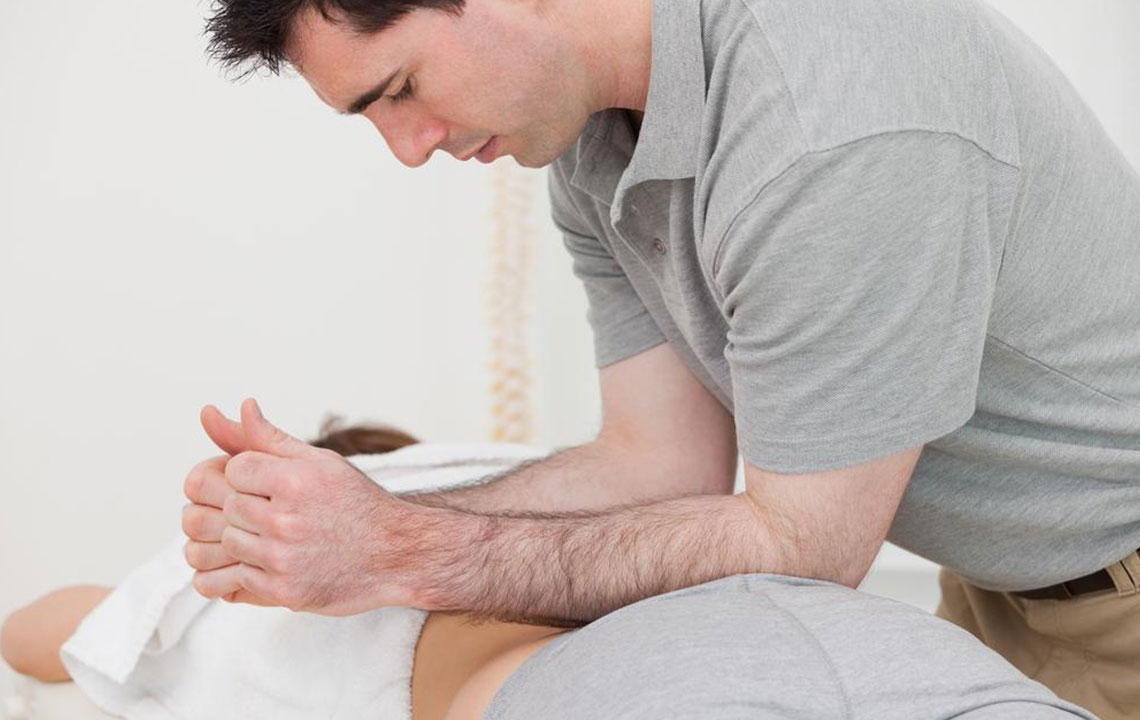Useful Tips for Herniated Disc Treatments
Spinal disc herniation is commonly referred to as a slipped disc. It is a physiological disorder that affects the spinal column. In this, a tear occurs outside the fibrous circle of a prolapsed disc. This allows the soft, central part to protrude at the further side of the damaged outer rings.
A herniated disc occurs between the fourth and fifth lumbar vertebrae. This is at the lower back. The discs are pads which act as cushions between the vertebral components. This reduces the stress during movements of the spinal column. The discs look like jelly donuts. They have a central softener.

Risk factors for spinal disc herniation
Risk factors for a herniated disc include wear and tear of the lumbar spine. The only way to prevent a slipped disc is to avoid lifting heavy objects or awkwardly twist your spine. If the back pain radiates down one of your arms or legs, you must seek immediate medical care.
Primary goal of treatment and ways to achieve it
Medical tests, such as MRI (magnetic resonance imaging) help in detecting disc herniation. The primary goal of herniated disc treatment for each patient is to help reduce or eradicate pain. The other purpose of herniated disc treatment is to arrest other associated symptoms. These symptoms that the patient shows ensue from the herniated disc. To detect other symptoms, an individual treatment plan applies to each patient. The basis of herniated disc treatment is dependent on the starting place of the pain. Moreover, take into account the seriousness of pain as well as the specific warning signs. Herniated disc treatment varies on a case to case basis. A thorough analysis is mandatory considering the gravity of the situation. Find out how quickly the herniated disc treatment should be in place.
Treatment options
Physical therapy
Physical therapy plays a key role in the recuperation of a herniated disc. Physical therapy programs provide instant pain relief. These include the following:
- Aerobic activities is a must : It includes running, taking a stroll down the city streets, or through the park or even riding a bicycle.
- Stretching exercises : To strengthen and keep the muscles flexible that support your back.
- Ultrasound therapy : Use Ultrasound therapy to detect and treat soft-tissue injuries at the lower back.
- Hot and cold therapy (heat and ice): This therapy provides physical relief from severe pain. Place a warm wet towel or ice pack on the sore back. You can alternate hot and cold compresses, or use whichever feels best for you. Now and then walk around a little.
- Hydrotherapy: It means sitting under a warm shower to relieve pain and relax muscles.
- Transcutaneous Electrical Nerve Stimulation (TENS): Use TENS machine to stimulate your muscles.
Take complete bed rest
Take complete bed rest for some time; it would work wonders. It will provide physical relief to your back from pain. Avoid working out at the gym and any physical movements in which you need to stoop down or lift something heavy off the ground. Your physician may advise you to lie down on the bed and relax. Being on complete rest is good only for a brief session of time. Avoid staying on feet for long periods. You must keep yourself in motion to prevent stiffening of your body parts.
Over-the-counter medicines
Non-prescribed pain medicines are obtainable from any medical shop. These medicines reduce swelling. It is suggested not to use these type of medicines for a longer period. If needed, do not forget to consult your doctor. Doctor’s advice is essential to prevent any further problems. Avoid prolonged use or consumption in large quantities of medicines. This can increase the risk of a heart problem. It can even lead to bleeding. A consumption of these medicines in large quantity leads to the probability of heart attack or bleeding. The same consequence may occur when consuming drugs for longer periods.
Narcotics are intermittent options that your physician may recommend if non-prescribed medicines bought from medical shops do not work. Your doctor is likely to suggest that you use muscle seizure on your back. Nerve pain medicines may also be prescribed by your physician. These reduce pain in the nerve system. You will find some popular nerve pain medicines in the market.

